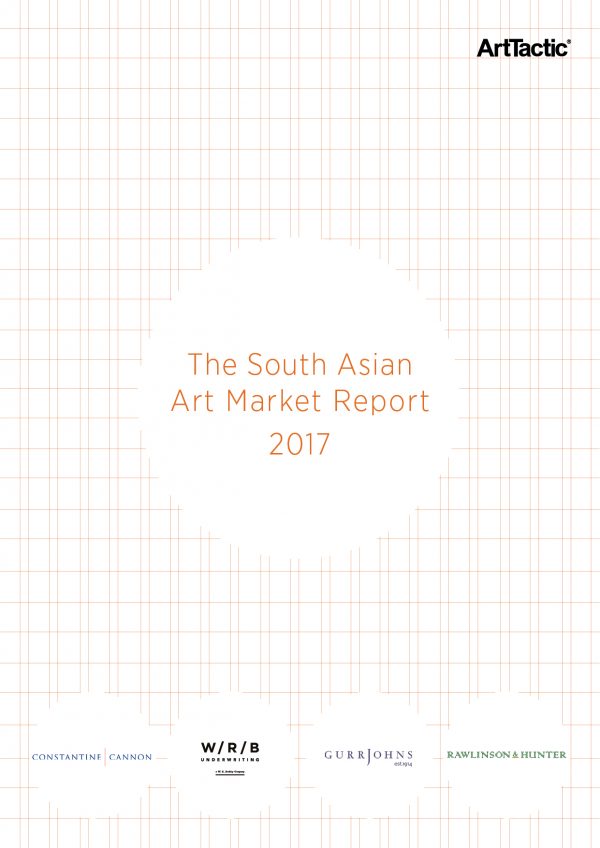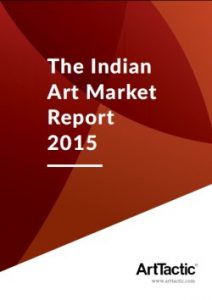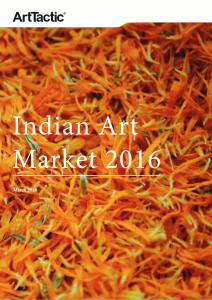South Asian Art Market Report 2017
- Analyst: ArtTactic
- Pages: 51
The inaugural edition of the South Asian Art Market Report 2017 is published by ArtTactic in conjunction with our report partners; Constantine Cannon, Gurr Johns, Rawlinson & Hunter and W/R/B Underwriting.
The report analyses the evolution of the South Asian Art Market Eco-System between 2007 and 2017, looking at both commercial and non-commercial initiatives, and what these trends means for the future of the South Asian Art Market.
Included in the report are contributions and opinions from several key stakeholders in the market.
There is also special FOCUS section related to Artist Estates, with contributions from both legal, advisory, valuation and insurance experts.
Key Highlights
The birth of a new art ecosystem in South Asia:
Since the art market downturn in 2009 the South Asian art market has been undergoing a transformation. Growth has occurred in both commercial and non-commercial art initiatives. The latter of these laying the foundation for a more sustainable art market.
India remain the commercial gallery hub of the South Asian art market:
Indian galleries dominate the commercial South Asian primary art market.
India’s fast growing cities see potential for new art markets:
Fast growing cities such as Chennai, Kolkata, Bengaluru, Ahmedabad and Hyderabad currently account for 29% of India’s Modern and Contemporary galleries.
South Asian Biennial Fever:
Since 2009, the South Asian art market has seen eight new biennials and festivals. These include the Kochi-Muziris Biennale, Dhaka Art Summit, Colombo Art Biennial, Pune Biennial, and the Serendipity Arts Festival, with a further two biennials planned for Lahore and Karachi in 2017.
From commercial to non-commercial:
Since the South Asian art market’s downturn in 2009, the contemporary South Asian auction market was marginalised. We have seen since a new growth spurt of non-commercial art market initiatives. These are creating new platforms for discussing, contextualising and promoting contemporary art.
Private patronage becomes an important driver in the South Asian art market.
In the absence of public support, private foundations are playing an increasingly active and important role in building an infrastructure for contemporary art and artists.




